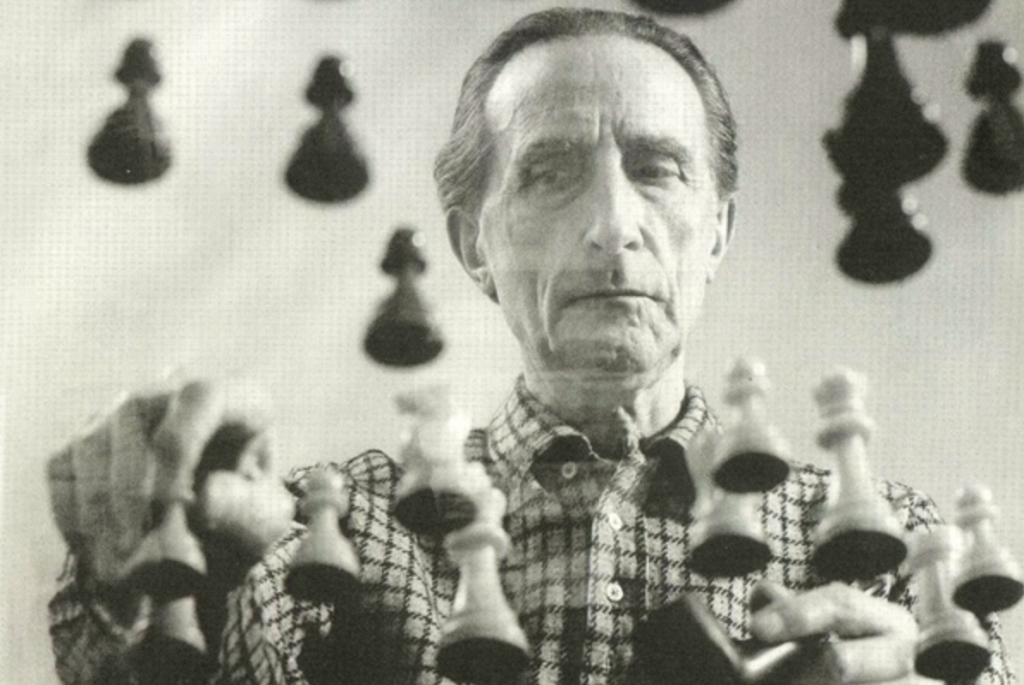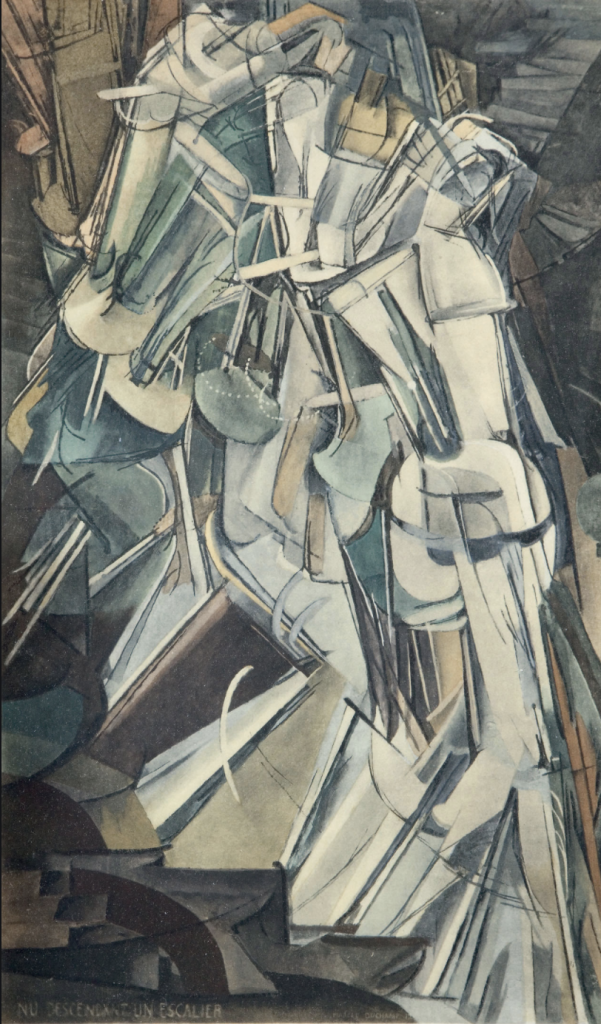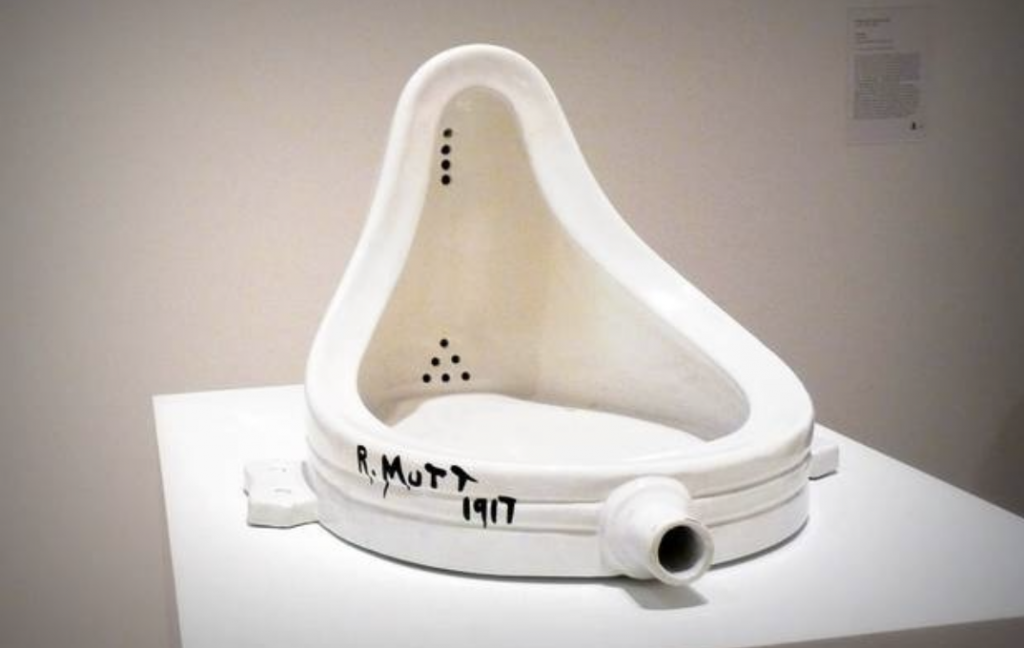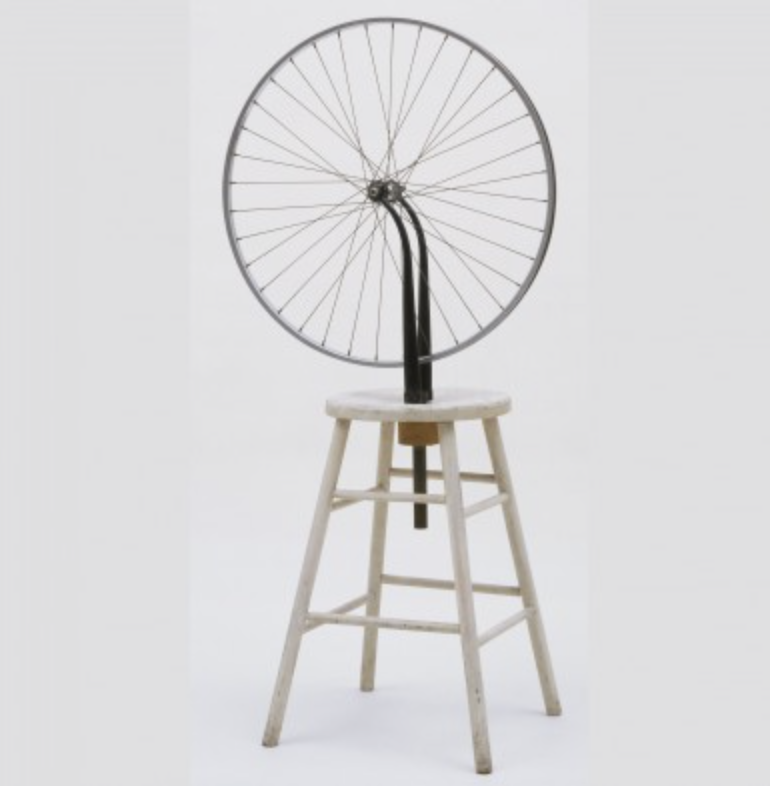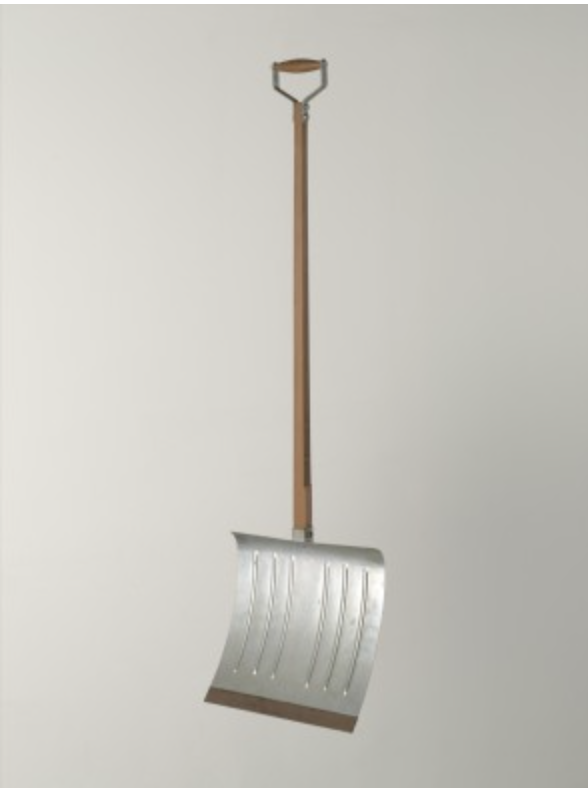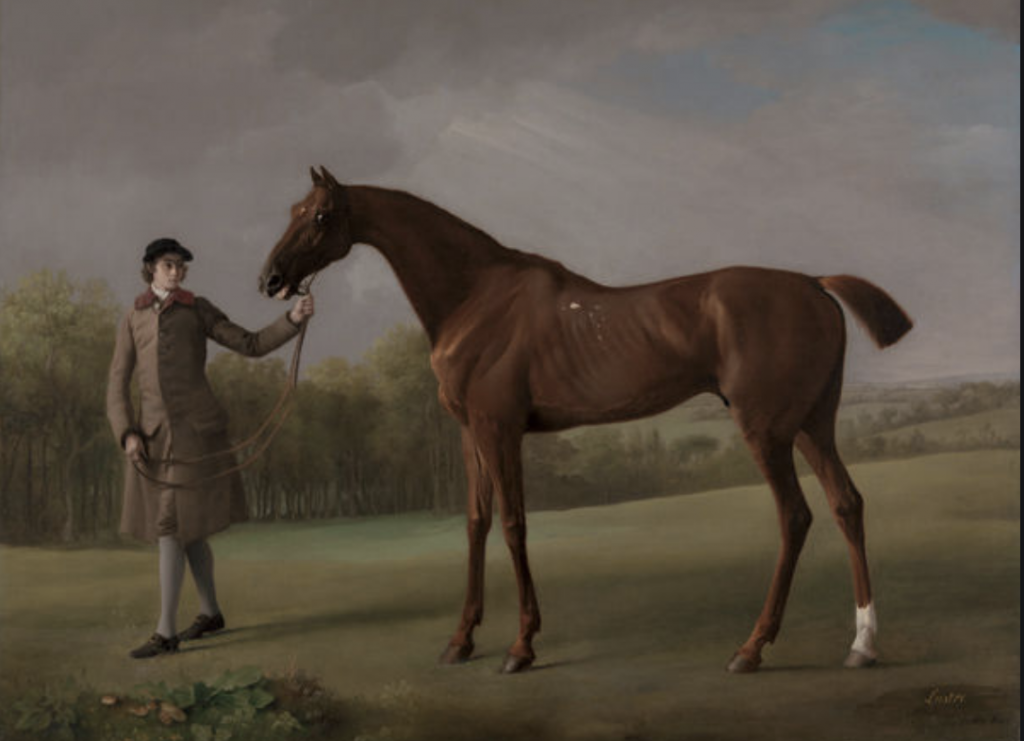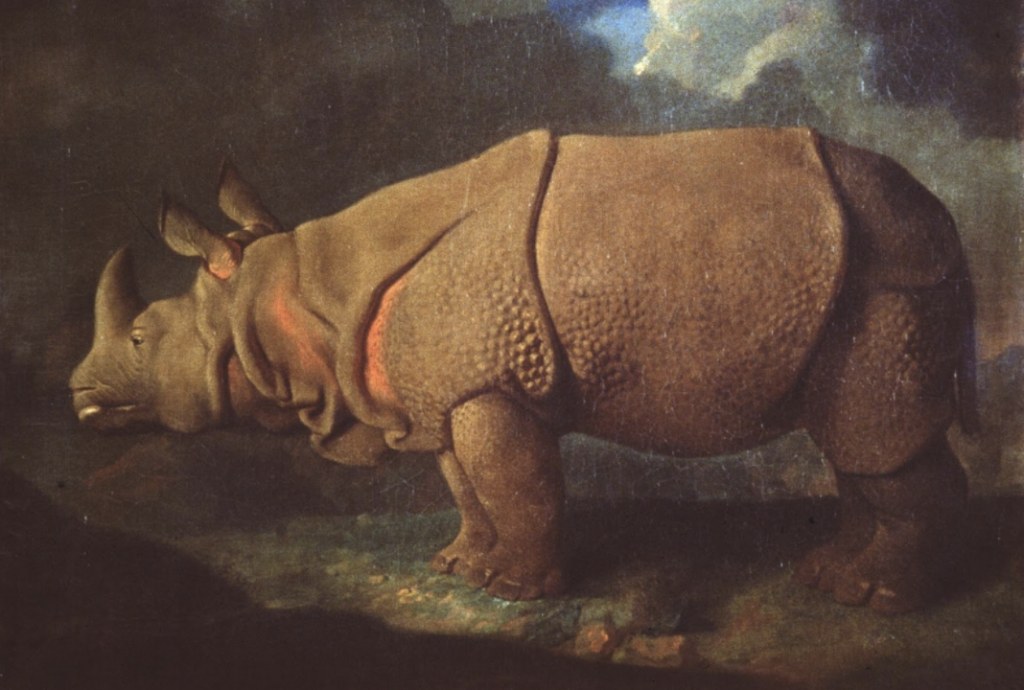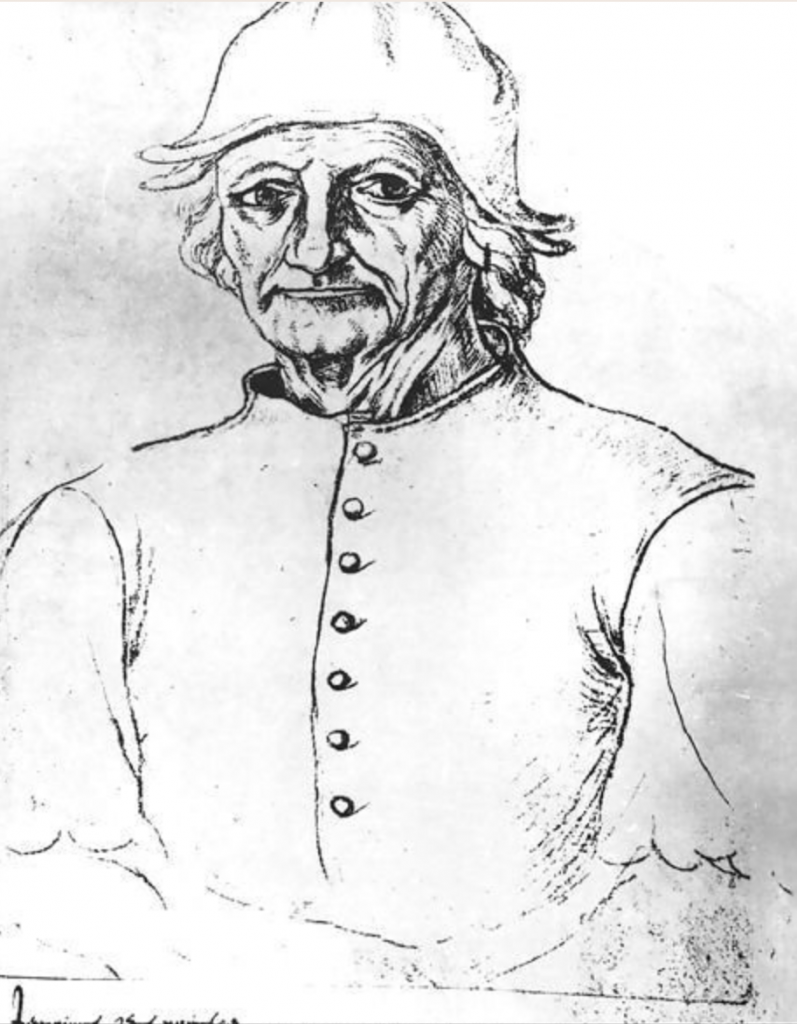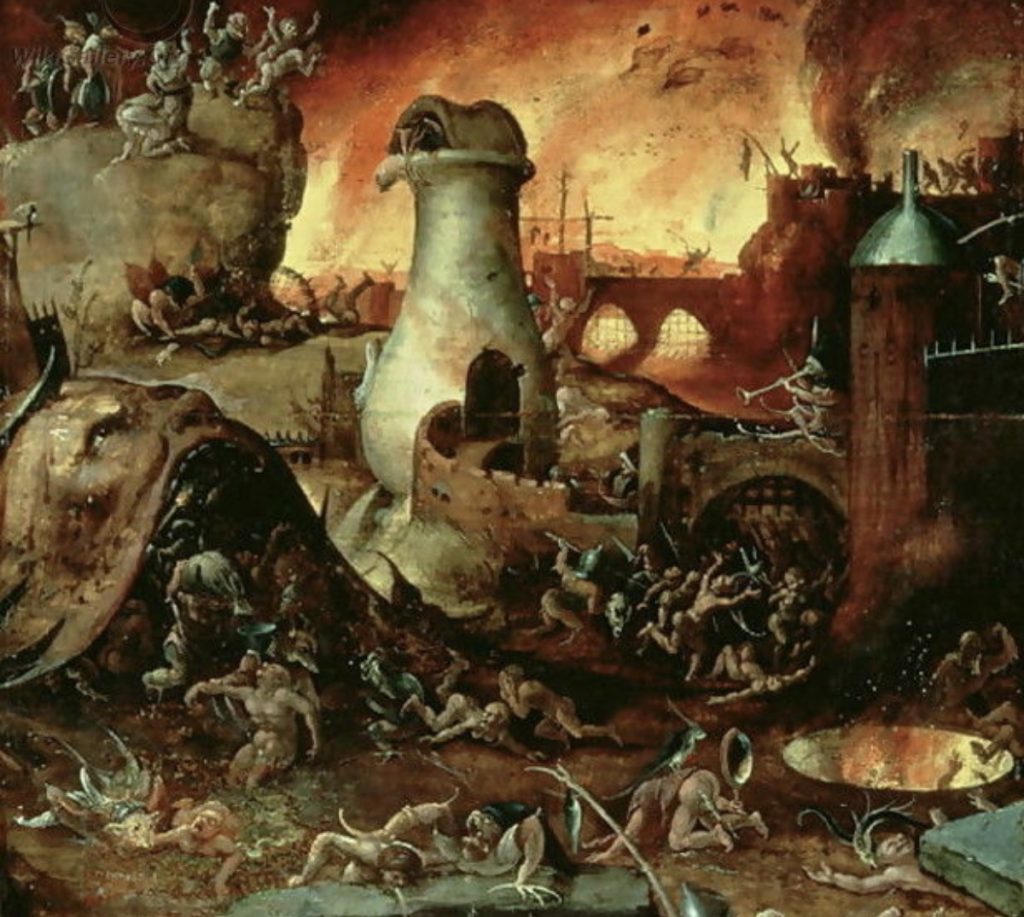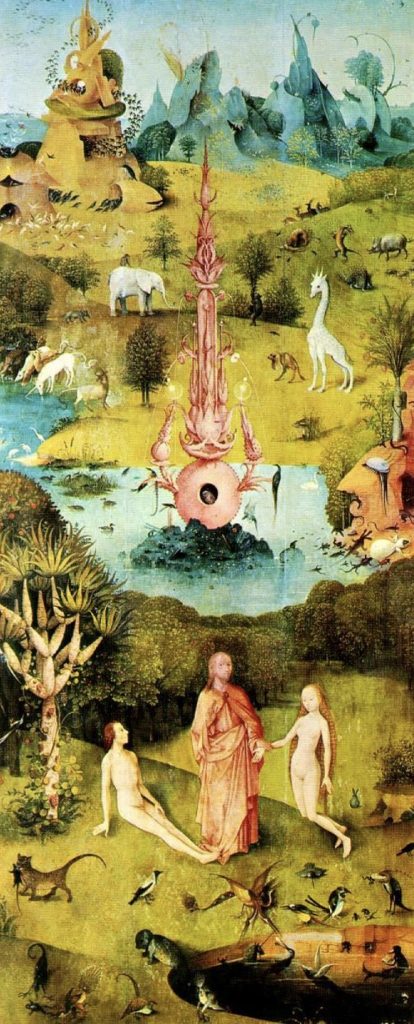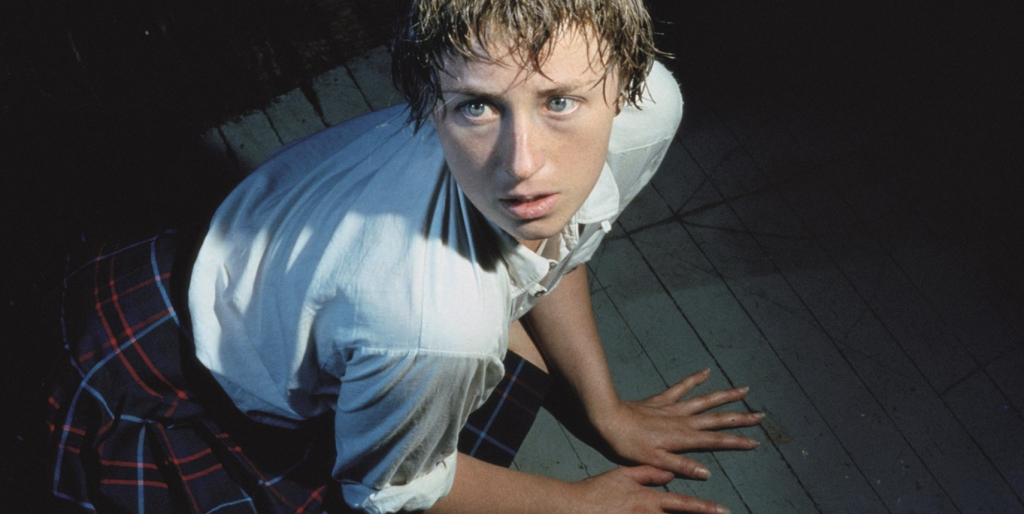
I love Cindy Sherman.
She is the epitome of a woman who is happy with what she is accomplishing in life and is thriving.
Cindy Sherman is one the most important photographers alive today. Almost the entirety of Sherman’s collection of photography are self portraits, but what differentiates Sherman’s work from others is her fantastic use of costume and make-up.


Her passion for costumes stems from her childhood when playing dress up. She didn’t dress up to become a ballerina or a princess, in fact her perspective of dress up was to entirely change the way she was viewed and really wanted to change the angles of her face to become something different.
Sherman has stated that during her shooting process she rarely has an intent on how her audience shall react. The only time this statement was not true was during the late 1980’s and early 1990’s, when the resurgence of painting became mainstream again. Sherman was struggling to make her big break as male artists were given all the attention and praise. With all of the praise being given to the men, Sherman grew frustrated with the fact that her work was being overlooked and so she chose to retaliate in her own way; photos.

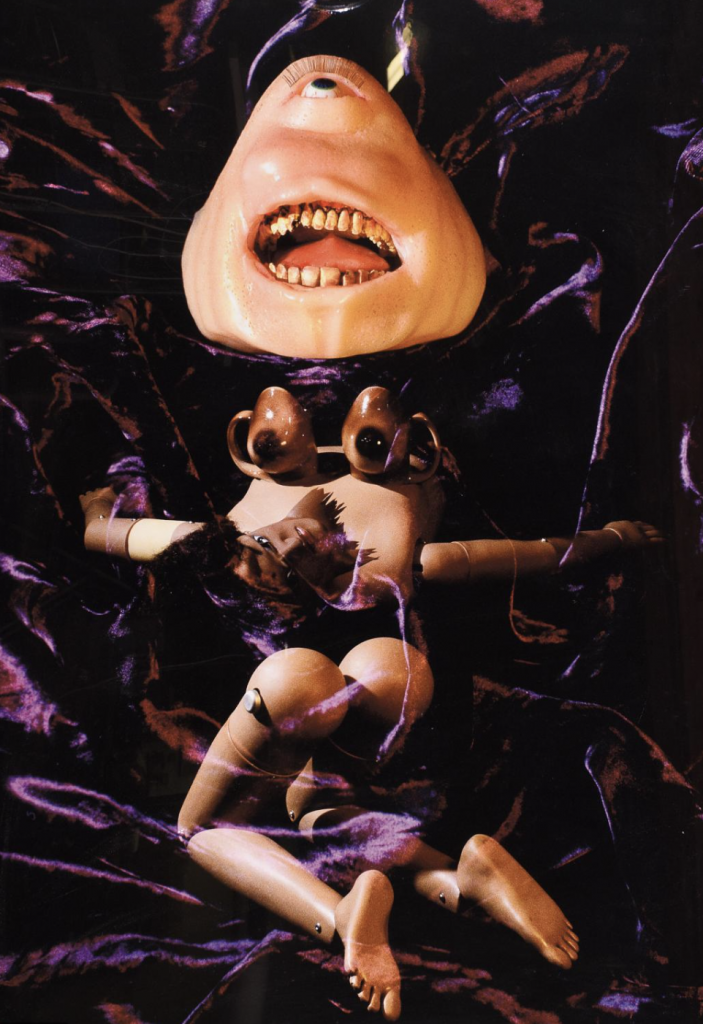
I was extremely lucky to go see her work earlier this year at the Vancouver Art Gallery, her larger than life photographs truly left in awe. Surprisingly the photos that truly made me feel the most emotion were her photos using prosthetics and dolls. The way that she placed the dolls in suggestive or almost victim like positions thoroughly made me freeze in shock-I was unable to move or even look away.

Cindy Sherman is such a genuine artist, she makes art that challenges the audience alongside creating pieces just for her own personal thrill, a good balance between the two.
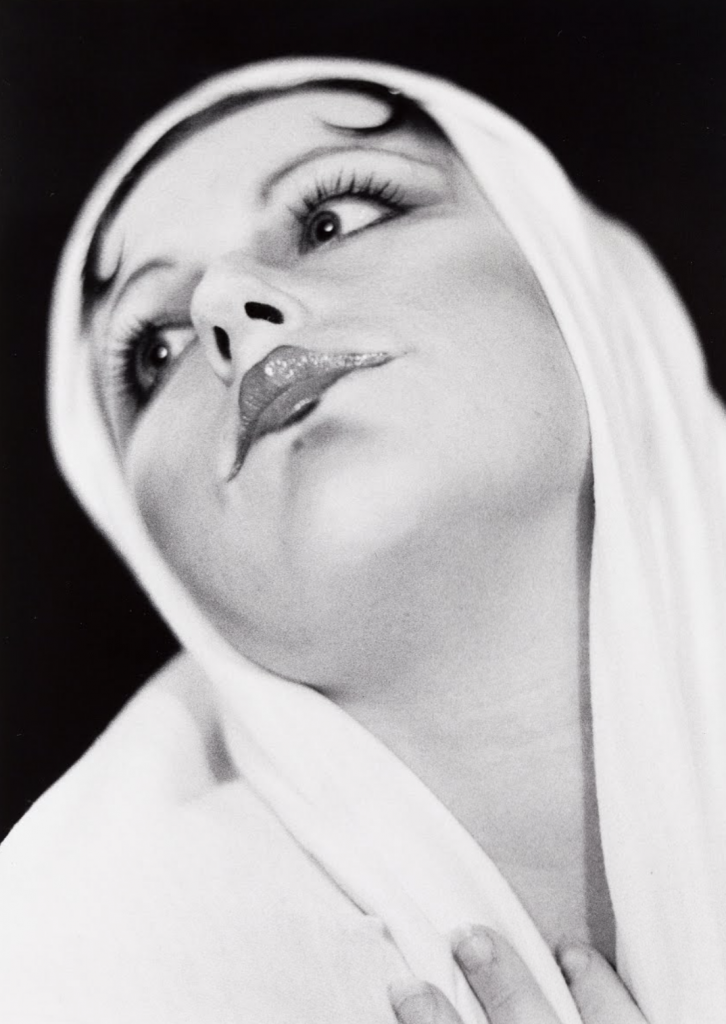
https://www.thebroad.org/art/cindy-sherman
https://www.dazeddigital.com/photography/article/32147/1/your-ultimate-guide-to-cindy-sherman
